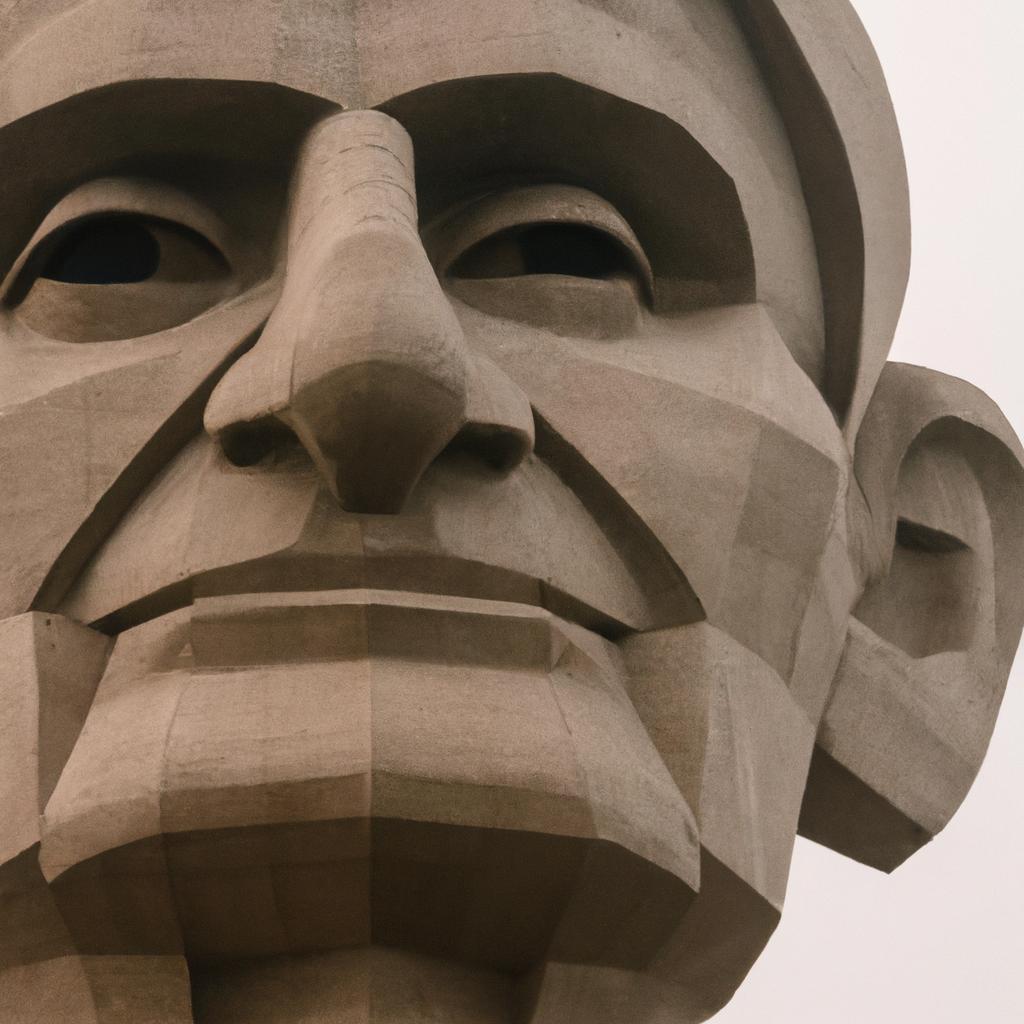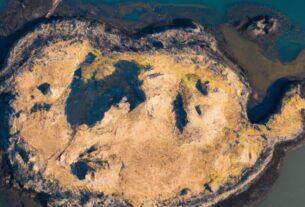Discover the world’s tallest statue and a symbol of national pride and unity in India – the Statue of Unity. Learn about its significance and impact.
India is renowned for its diverse culture, rich history, and awe-inspiring architectural wonders. Among these marvels stands the Statue of Unity, a magnificent tribute to Sardar Vallabhbhai Patel, India’s first deputy prime minister and home minister. As the tallest statue in the world, towering at an impressive height of 182 meters, the Statue of Unity stands proudly in the western Indian state of Gujarat.
The statue is not only a popular tourist attraction but also a powerful symbol of national pride and unity. It represents the unity of India’s 29 states and seven union territories, paying homage to the legacy of the country’s “Iron Man.” The construction of the statue itself is an incredible engineering feat, serving as a testament to India’s progress and technological prowess.
Historical Background
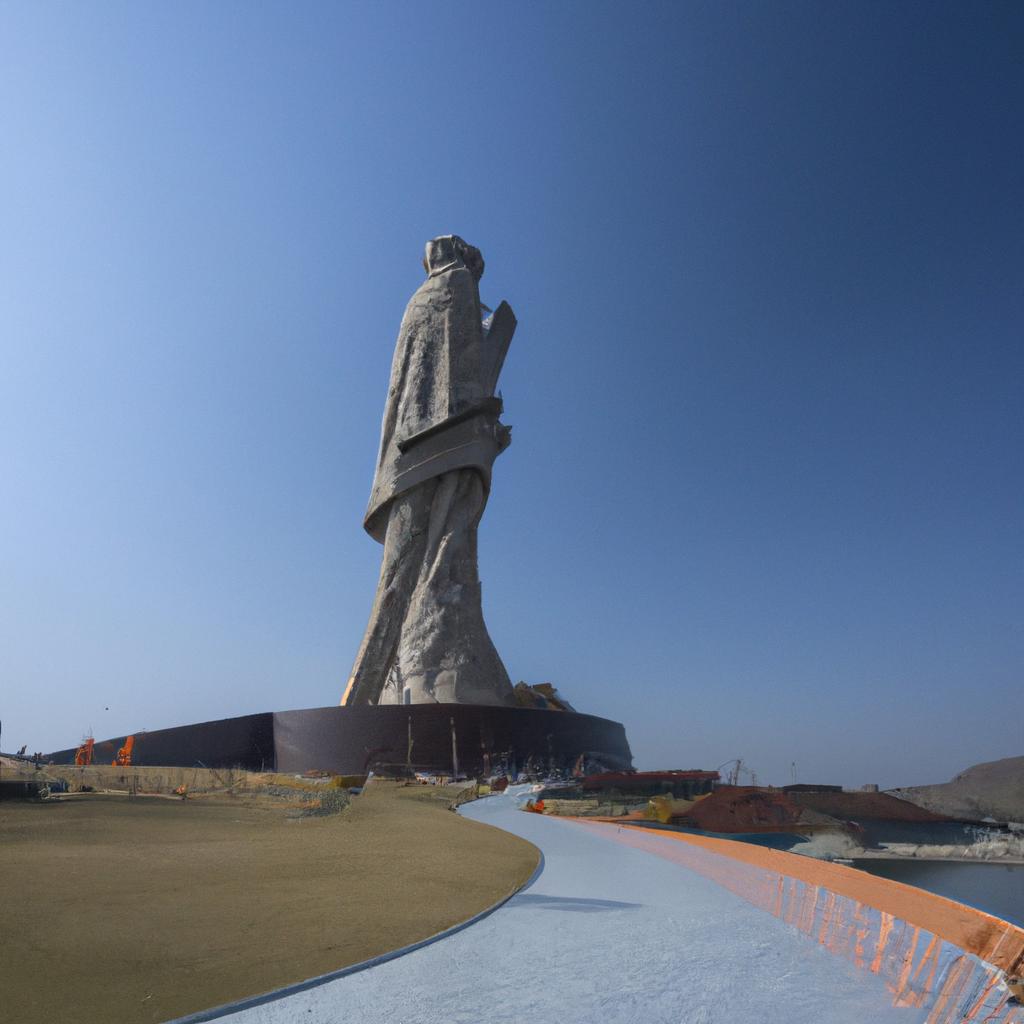
The History of Sardar Vallabhbhai Patel
Sardar Vallabhbhai Patel was a prominent Indian freedom fighter and politician who played a pivotal role in India’s struggle for independence. Born on October 31st, 1875, in Gujarat, he later pursued law studies in England. Patel’s contributions as a founding member of the Indian National Congress and his instrumental role in the Quit India Movement are widely acknowledged.
The Idea Behind the Statue
The concept of erecting a statue to honor Sardar Vallabhbhai Patel was conceived by Narendra Modi, then Chief Minister of Gujarat and now the Prime Minister of India. The goal was to create a monument that would serve as a constant reminder of Patel’s immense contributions to the nation, inspiring present and future generations to strive for a brighter future.
The Construction Process
Construction on the Statue of Unity commenced in 2013 and concluded in 2018. It involved the combined efforts of over 3,000 workers and the use of around 70,000 tonnes of cement, steel, and bronze. The renowned Indian sculptor Ram Sutar designed the statue, while the Indian construction company Larsen & Toubro brought it to life.
While some criticized the government’s investment in such a project, citing excessive costs, the authorities defended the undertaking by emphasizing its potential to boost tourism and generate employment opportunities. The Statue of Unity has since become a powerful symbol of India’s progress and technological prowess, showcasing the country’s expertise in engineering and construction.
The Symbolism of the Statue
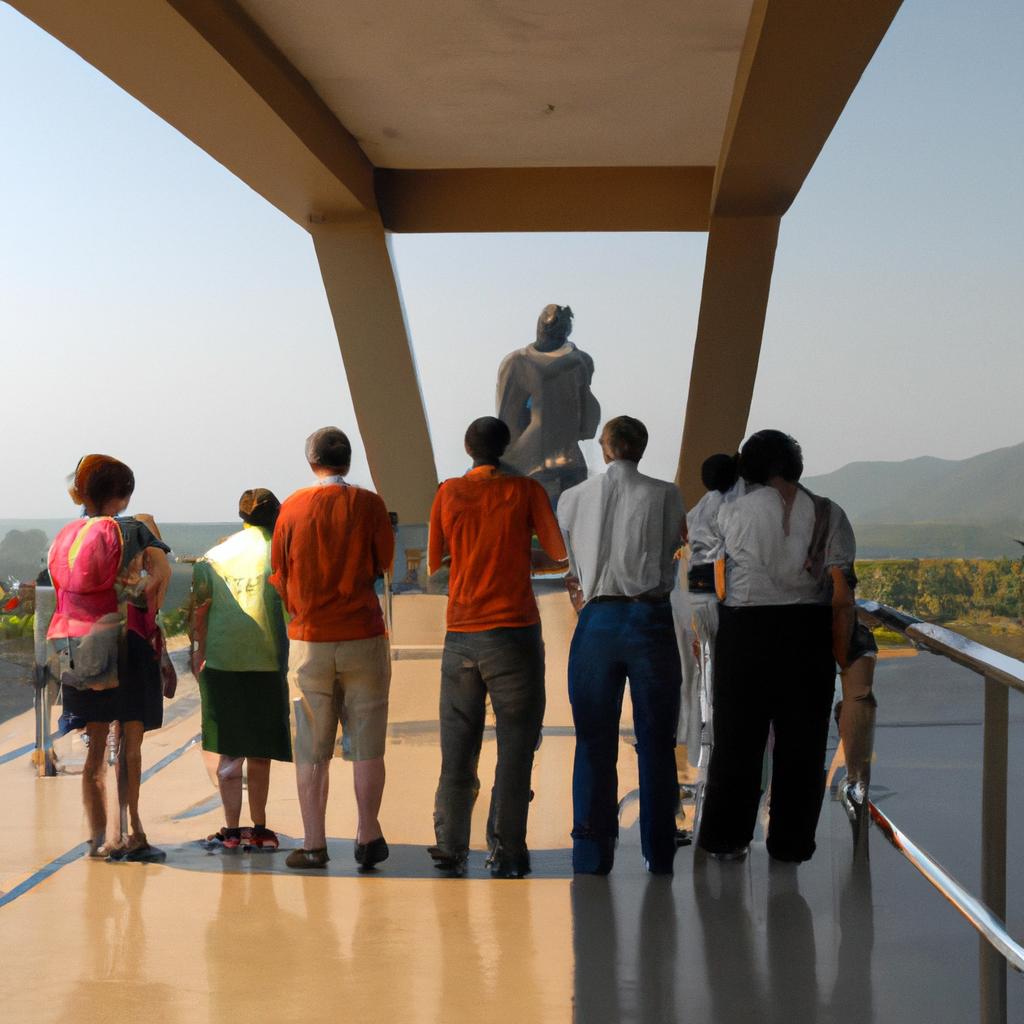
The Statue of Unity is not merely a towering statue; it encapsulates India’s rich history and cultural heritage. Every element, from its design to its location, has been carefully selected to convey messages of unity and strength.
The Significance of the Statue’s Location
Situated in Gujarat’s Narmada district, the Statue of Unity rests on Sadhu Bet Island, surrounded by the revered Narmada River. Its location is highly meaningful, as the Narmada River holds immense religious significance for Hindus, and the island is home to the Sardar Sarovar Dam, one of India’s largest dams. The statue’s placement effectively represents the country’s progress and technological advancement, with the dam supplying electricity to numerous states.
The Meaning Behind the Pose and Posture
The statue portrays Sardar Vallabhbhai Patel in a confident and assertive pose, with his right hand raised in a blessing gesture. This chosen pose and posture serve to symbolize Patel’s exceptional leadership qualities and unwavering determination. The statue’s design pays tribute to Patel’s instrumental role in unifying India’s 29 states and seven union territories into a cohesive nation.
The Message of Unity and Strength
The Statue of Unity stands as a powerful representation of India’s strength and unity. Each carefully considered element reinforces this message. The statue’s towering height showcases India’s technological prowess, while its location symbolizes the nation’s progress and development. The pose and design of the statue embody Patel’s leadership qualities and his instrumental role in unifying India.
In summary, the Statue of Unity serves as a symbol of India’s rich history and cultural heritage. Its design and location were thoughtfully selected to convey messages of unity and strength. It stands as a reminder to future generations of India’s progress and technological prowess.
Tourist Attractions
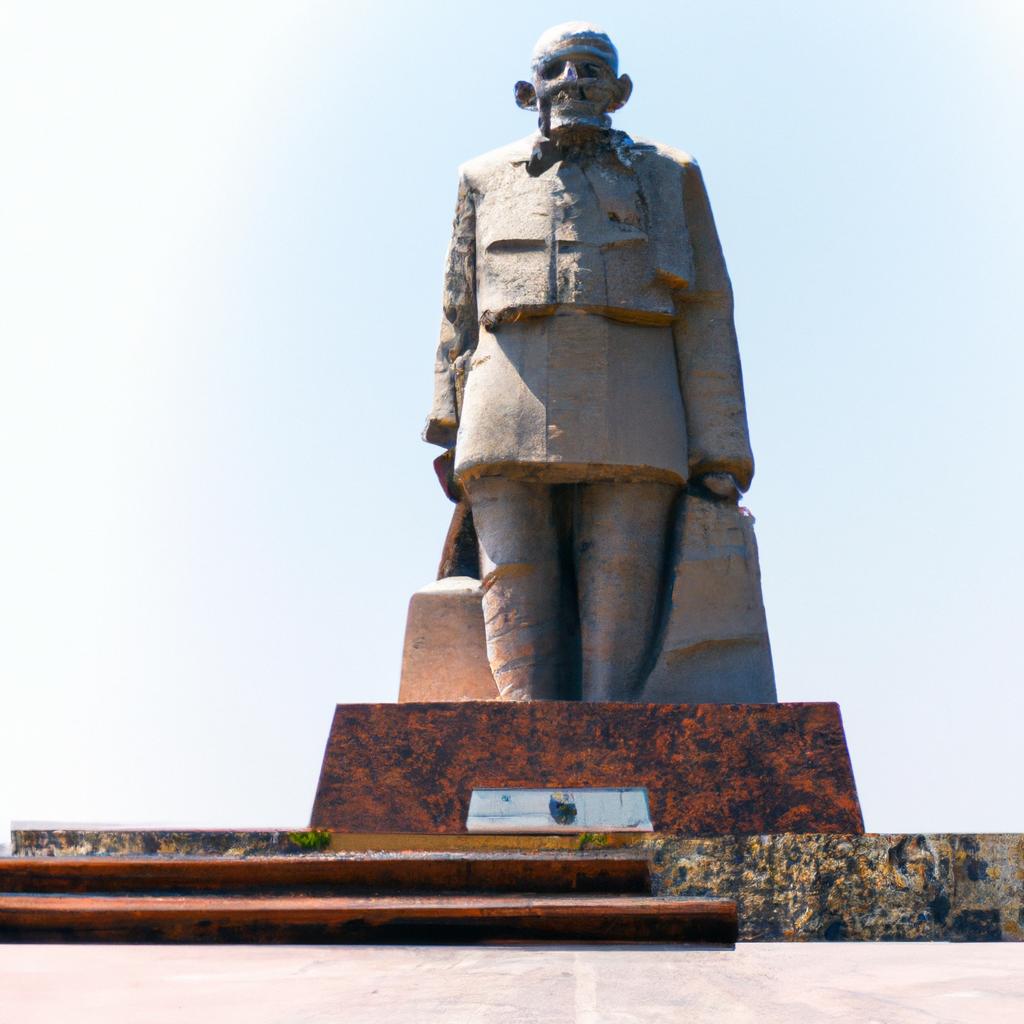
When visiting the Statue of Unity, several tourist attractions await, providing an enriching experience for families and solo travelers alike. Here are some must-see attractions at the Statue of Unity:
The Viewing Gallery at the Statue’s Chest
Rising to an elevation of 135 meters, the viewing gallery presents a breathtaking panorama of the surrounding landscape. Visitors can journey up to the statue’s chest via an elevator and delight in the panoramic view of the Sardar Sarovar Dam, the Narmada River, and the majestic hills. The gallery’s floor, made of toughened glass, offers an exhilarating experience as visitors can peer downwards, gazing at the statue’s base.
The Sardar Patel Memorial
Located at the statue’s base, the Sardar Patel Memorial functions as a museum dedicated to the life and legacy of Sardar Vallabhbhai Patel. It houses an impressive collection of his personal belongings, rare photographs, and significant events from his life. The museum provides an excellent opportunity to delve deeper into India’s freedom struggle and gain a profound understanding of Patel’s contributions to the nation.
The Valley of Flowers
Nestled at the foot of the statue, the Valley of Flowers presents a breathtaking garden adorned with native and exotic flowers, creating an atmosphere of tranquility and beauty. Visitors can leisurely stroll through this well-maintained garden, immersing themselves in the captivating colors and scents of nature. The Valley of Flowers serves as an ideal spot for photography enthusiasts and a peaceful sanctuary for relaxation.
In conclusion, the Statue of Unity offers an array of attractions that cater to visitors of all ages and interests. Whether you explore the viewing gallery, delve into the Sardar Patel Memorial, or find solace in the Valley of Flowers, you will undoubtedly experience the grandeur of the statue while immersing yourself in India’s rich history and cultural heritage.
Impact on the Local Community
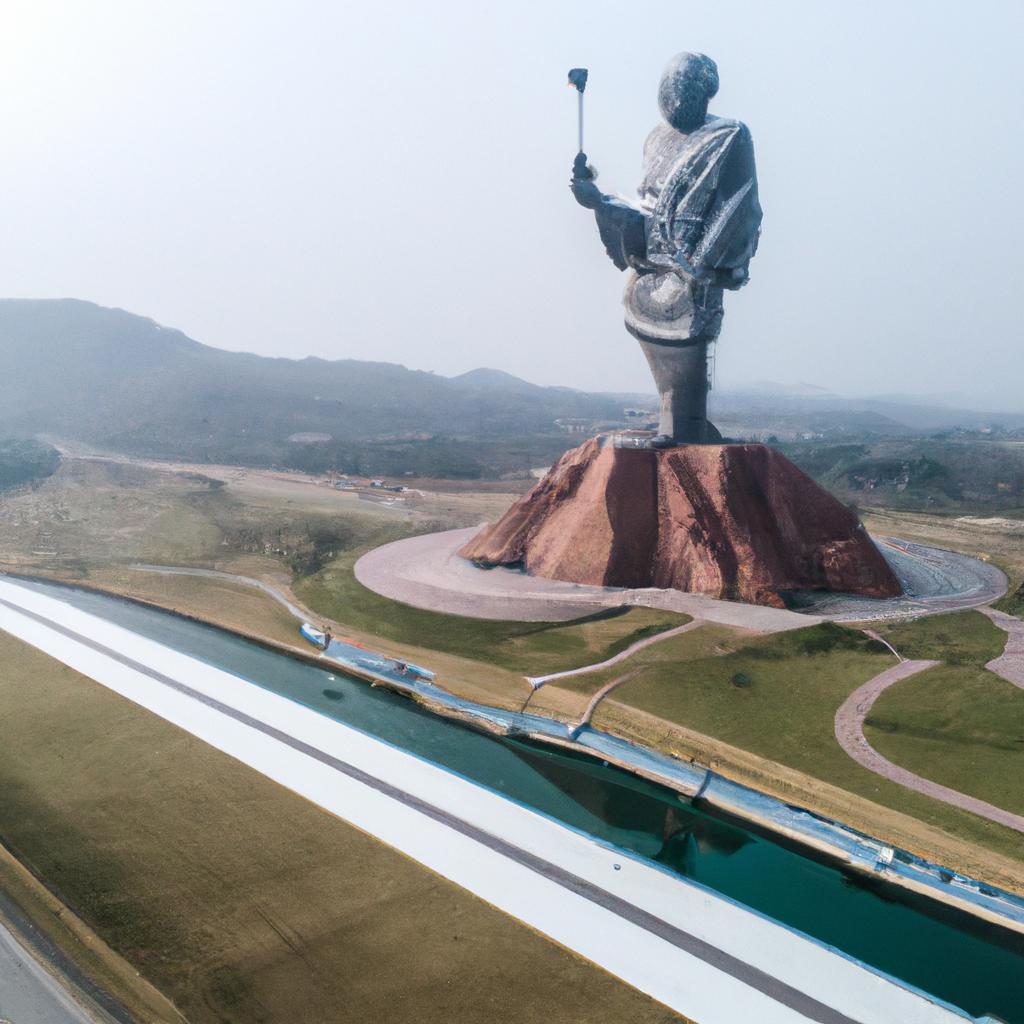
The Statue of Unity has had a positive impact on the local community, bringing about economic benefits and employment opportunities. The surrounding area has witnessed a surge in tourism, attracting visitors from across the globe to marvel at the statue. This influx of tourists has resulted in increased revenue for local businesses, such as hotels, restaurants, and souvenir shops.
Economic Benefits for the Surrounding Area
Since its unveiling in 2018, the Statue of Unity has facilitated a significant surge in tourism in the surrounding area. Reportedly, the daily number of visitors has risen from around 8,000 in 2018 to over 30,000 in 2021. As a result, local businesses have experienced substantial growth, with an estimated revenue increase of over $350 million.
Positive Effects on the Tourism Industry
The Statue of Unity has emerged as a major tourist attraction, drawing visitors from both within India and around the world. Its strategic location, facing the Sardar Sarovar Dam on a river island, provides a picturesque backdrop that enhances visitors’ overall experience. Furthermore, the statue’s design, inspired by Patel’s vision for India, instills a sense of national pride and unity within visitors.
Employment Opportunities for the Local Community
The construction and maintenance of the statue have generated numerous employment opportunities for the local community. During the construction phase alone, over 3,400 workers were employed, with a significant portion of them hailing from the surrounding area. Ongoing maintenance also necessitates a considerable workforce, further contributing to local employment.
In conclusion, the Statue of Unity has brought notable benefits to the local community, including economic growth, boosted tourism, and employment opportunities. Beyond these tangible outcomes, the statue stands as an emblem of national pride and unity, showcasing India’s rich history and cultural heritage to visitors from around the world.
If you are planning a trip to India, be sure to include the Statue of Unity in your itinerary. It promises to be a destination you won’t regret visiting. Thank you for reading this article on the statue of unity india. We hope you found it informative and enjoyable.
TooLacks is devoted to providing high-quality content on topics related to nature, gardening, and animals. Stay tuned for more exciting content!
*Citations:
